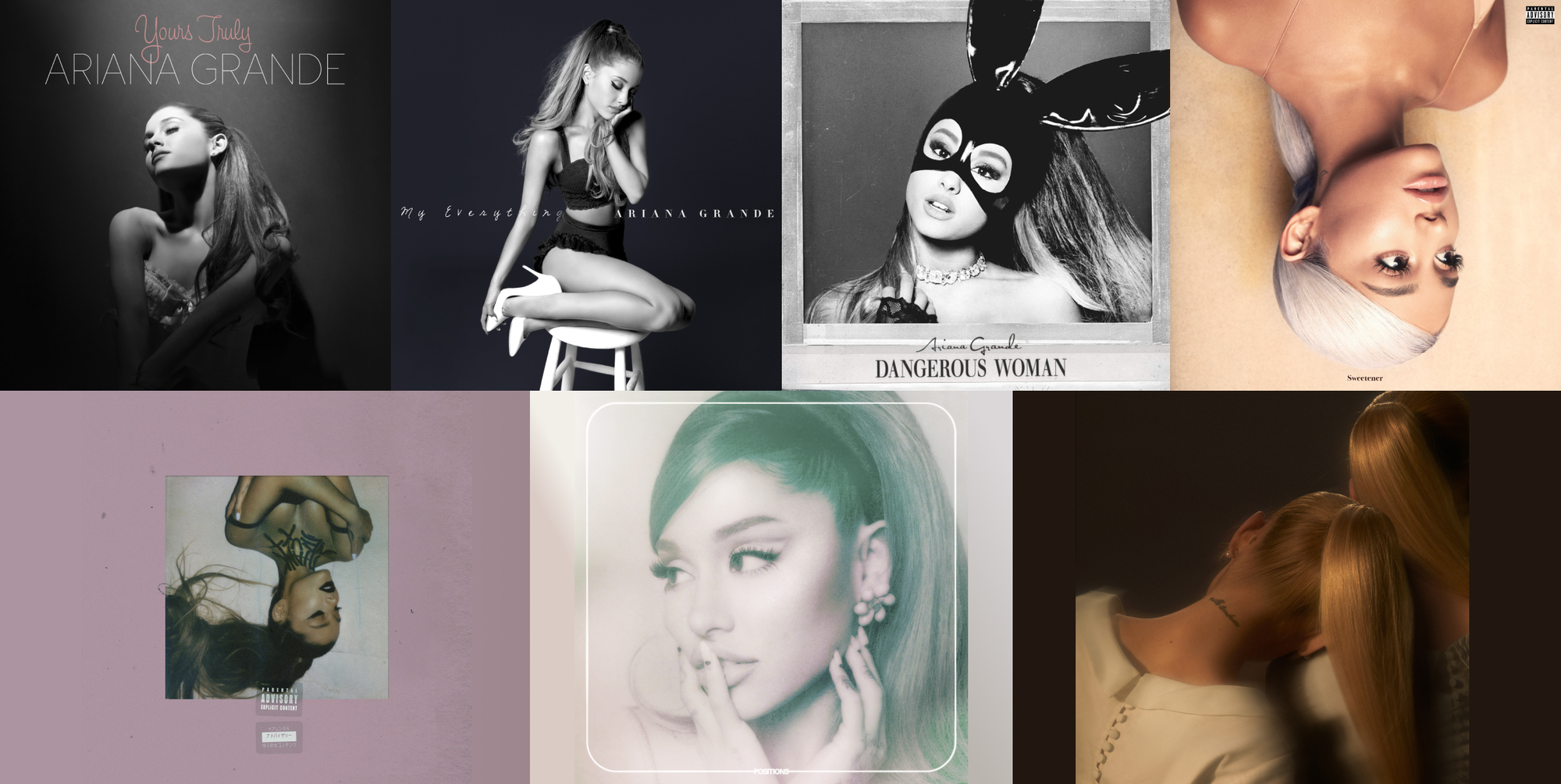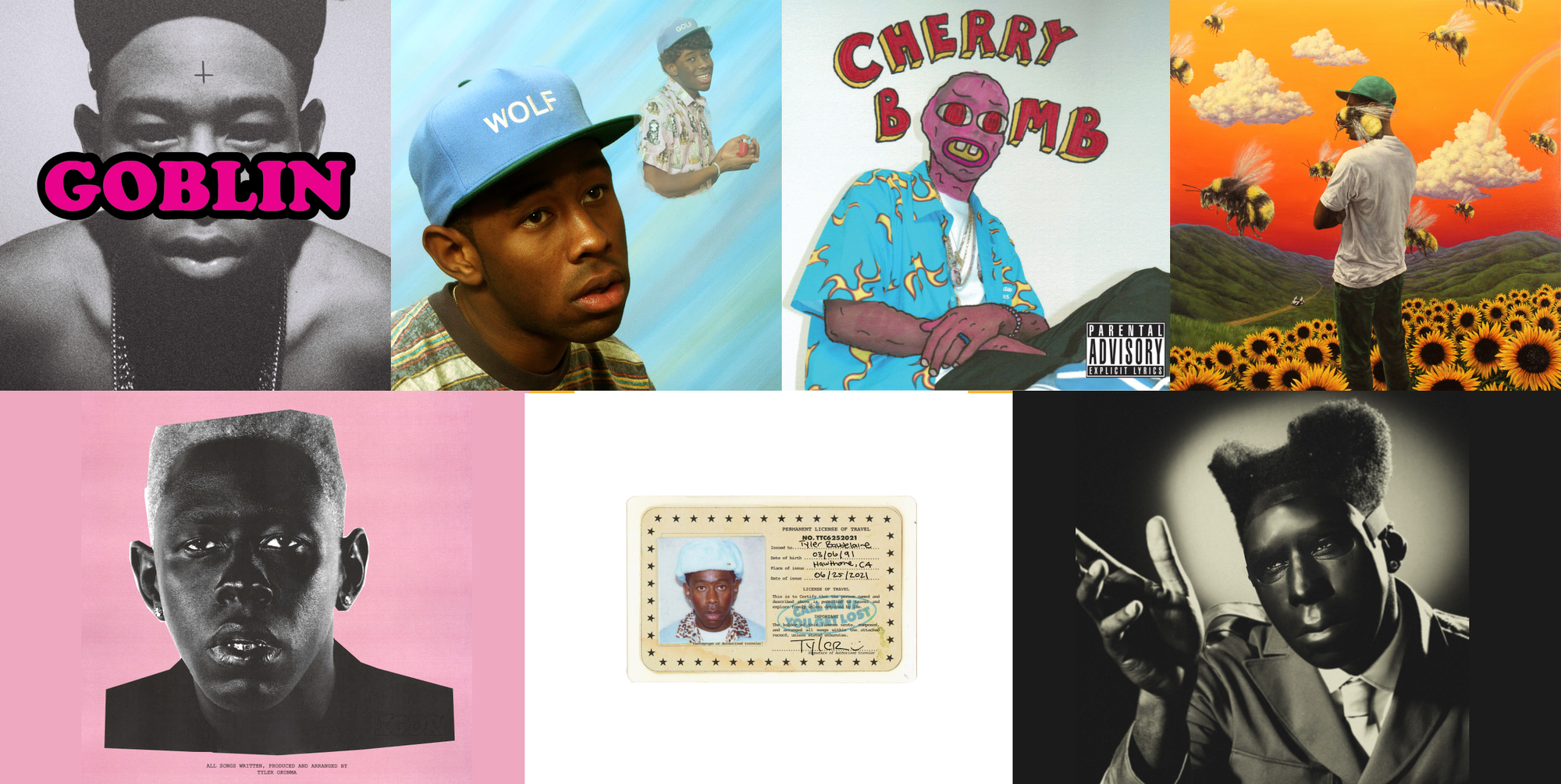Winner Takes All: Exploring Kendrick Lamar’s albums, determining his finest artistic achievements

A collage of Kendrick Lamar’s six studio album covers show the 22-time Grammy winner’s discography from 2011 to 2024. In the top row are his albums “Section.80,” “good kid, m.A.A.d city” and “To Pimp A Butterfly.” In the second row are his albums “DAMN.,” “Mr. Morale & The Big Steppers” and “GNX.” (Photos courtesy of pgLang, Top Dawg Entertainment and Aftermath/Interscope Records. Design by Lindsey Murto/Design director)



By Reid Sperisen, Barnett Salle-Widelock, Chirag Tailor, Patton Liu, and Sanjana Chadive
Feb. 7, 2025 3:23 p.m.
Just days after taking home five Grammy Awards, Kendrick Lamar is off to the Super Bowl.
Lamar previously performed at the Super Bowl LVI in 2022 but will appear as the headliner for Super Bowl LIX at Caesars Superdome in New Orleans, Louisiana on Sunday.
Ahead of what will perhaps be the biggest performance of Lamar’s career, the Daily Bruin analyzed the 22-time Grammy winner’s discography to find which of his albums is his finest artistic achievement.

“Mr. Morale & The Big Steppers”
Kendrick Lamar crafted his most raw and introspective therapy session with “Mr. Morale & The Big Steppers.”
After five years of silence – during which he won a Pulitzer, became a father and watched the world fracture with a pandemic and protests – Lamar returned in 2022, not as a prophet but as a man untangling his own flaws. Unlike his previous socially conscious projects, where Lamar cements himself as a voice of resistance, this album reveals the imperfections of the man behind the message questioning his own contradictions.
Lamar delivers some of his rawest storytelling on the double album, from the wounds of generational trauma on “Father Time” to the harrowing confessions of “Mother I Sober.” “Auntie Diaries” stands out as Lamar’s most daring reflection on gender and acceptance. Over a pad and strings-based production, he raps his evolving understanding of his transgender relatives, forcing hip-hop into an uncomfortable but necessary conversation.
Collaborators Beth Gibbons, Summer Walker and Kodak Black mirror the album’s contradictions – soft, dreamy vocals clashing with Black’s raw, unfiltered lyrics. This contrast extends to the production, which shifts between trap-infused minimalism and layered orchestration.
With “Mr. Morale & The Big Steppers,” Lamar didn’t just tell stories – he stripped himself bare, proving that the greatest storyteller is willing to turn the mic inward for the hardest truths.
– Patton Liu
[Related: Grammys 2025: 67th ceremony awards Beyoncé and Kendrick Lamar, encourages fire recovery in LA]
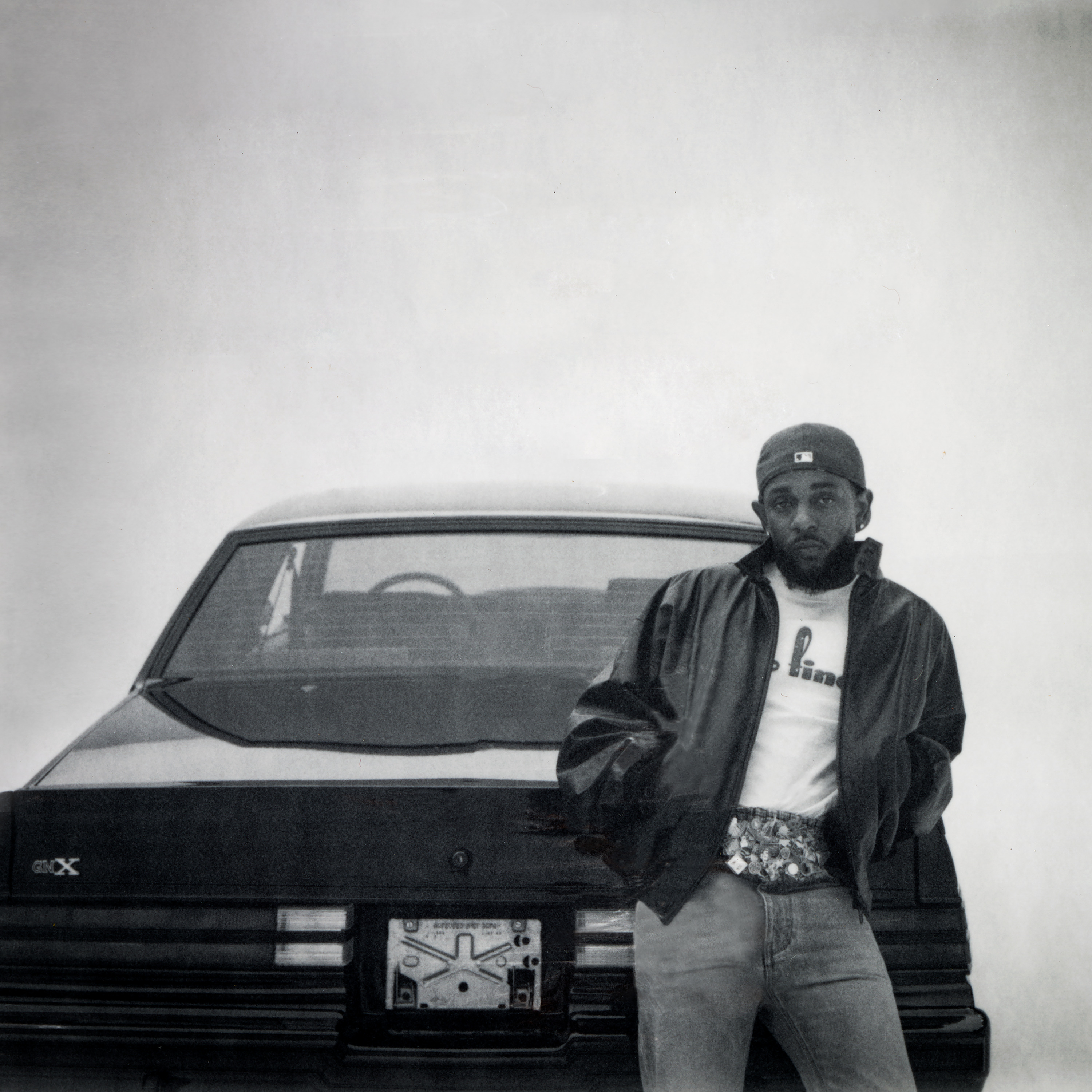
“GNX”
Kendrick Lamar went from 0 to 60 on his surprise release “GNX.”
Sprinkling R&B into his classic hip-hop sound, Lamar composed his most unique album in 2024, rooting the project in industry rivalry and urban dreams. In “hey now,” he continues his ongoing diss against Drake, “I just strangled me a goat,” adding insult to injury after his brutal song-of-the-summer diss track, “Not Like Us.” However, in his SZA-featured, dreamlike “luther,” the two perform an addictive harmony, sending the listener into nostalgia, much like the black-and-white vintage album cover.
The album is also a homecoming for the “DNA.” rapper and thereby his ride-or-die fans, featuring subtle nods to his hometown roots in Compton, California. In “man at the garden,” Lamar raps, “Put a smile on my mama / Good health and good karma / Yeah, she deserves it all / One hundred murals out in Compton.” Similarly, after learning about mariachi singer Deyra Barrera following her tribute to a deceased Dodgers pitcher, he included her vibrant vocals on the opening and closing tracks, “wacced out murals” and “gloria,” serving as an invisible string that ties the album together.
What elevates “GNX” to the next level is the expensive Jack Antonoff production – Taylor Swift’s renowned producer – who is credited on 11 of 12 tracks. His electric-jazz sound and poetic writing echo throughout the album, especially in tracks like “heart pt. 6” and “squabble up.”
With “GNX,” Lamar proves that this world is, in fact, his.
– Chirag Tailor
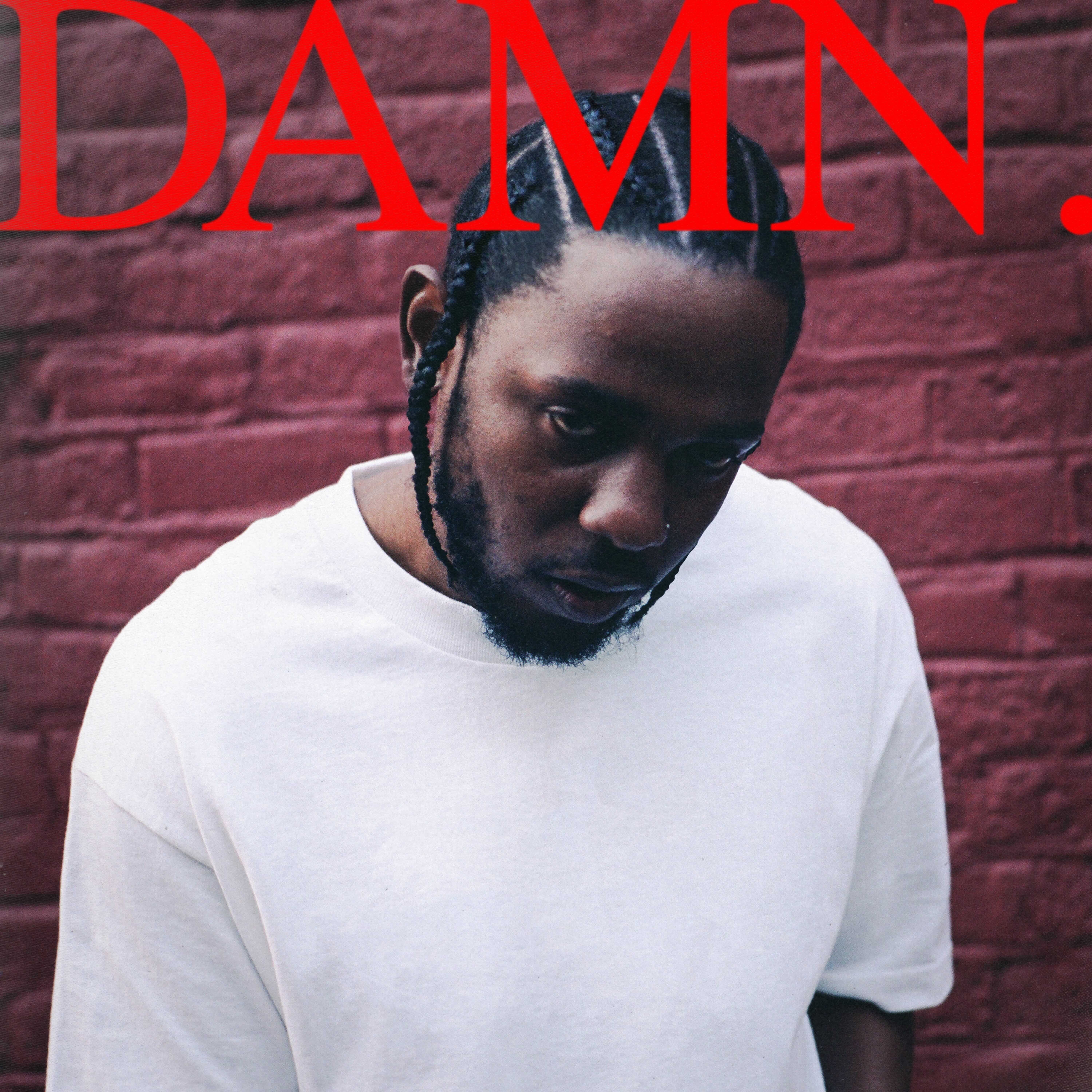
“DAMN.”
“DAMN.” has the “DNA.” of Kendrick Lamar’s best work.
Released in 2017, the 14-track LP might not be Lamar’s most complex or expansive album, but it is one of his most endlessly listenable. A tight 55-minute concept album, “DAMN.” made Lamar the first rapper to win a Pulitzer Prize for Music while propelling the Compton, California superstar to new heights of mainstream success. Almost eight years later, the album sounds just as fresh and is overflowing with Lamar’s charismatic and contemplative wordplay.
“DAMN.” is perhaps Lamar’s most musically accessible LP, which is not to its detriment. The project manages to balance the politically charged conscious hip-hop lyrics Lamar has mastered without ever losing its hold on addictive melodies. This catchiness blended with lyrical prowess is nowhere more evident than on the smash hit “HUMBLE.,” which became Lamar’s first song as a lead artist to top the Billboard Hot 100.
Even though Lamar always shines brightest on “DAMN.,” some of the best songs on the record are collaborations. “XXX.” is arguably the best recording U2 participated in during the entire 2010s decade, as Bono’s melancholic refrains add a haunting touch to the song’s outro. “LOVE.” with Zacari might be the most romantic song Lamar has created, allowing his typically ferocious verses to settle into a more relaxed groove. Of course, the electrifying banger “LOYALTY.” with Rihanna is another standout moment.
With such a dynamic set of songs, “DAMN.” is an LP Lamar can have “PRIDE.” in for years to come.
– Reid Sperisen
[Related: Winner Takes All: Examining Tyler, The Creator’s genre-blending discography for his greatest album]

“good kid, m.A.A.d city”
Kendrick Lamar delivered a storytelling masterpiece with “good kid, m.A.A.d city.”
In 2012, Lamar exploded to stardom with his second studio album, and for good reason. “good kid, m.A.A.d city” brings a rich narrative of a single tragic day layered over a downbeat, flowy production. The project features iconic background vocals and some of Lamar’s most memorable tracks, bouncing across energy levels and themes to compose a hip-hop masterpiece that simultaneously avoids its era’s genre cliches while developing better ones.
“Money Trees,” the album’s fifth entry, presents one of the decade’s best uses of a sample with a segment from Beach House’s “Silver Soul.” Lamar’s lyrics on the pursuit of material goods, a perspective that defined the younger version of himself presented in the story, flow beautifully over the timeless track. The eighth track, “m.A.A.d city” similarly delves into the artist’s past and the background of the narrative with a reflection of hip-hop culture. The song’s first half is the energy high-point of the album, with Lamar’s expressive rapping bouncing off rapidly rolling drums.
Beyond its timeless and infinitely listenable classics, “good kid, m.A.A.d city” also delivers “Sing About Me, I’m Dying Of Thirst.” Often picked as the artist’s best song, it features more than 12 minutes of emotional, introspective rapping, as Lamar reflects on his upbringing, his legacy and his faith. “Sing About Me, I’m Dying Of Thirst” elevates the album from simply beautiful to genius.
A project that leaves a profound impact on its genre and its listeners, “good kid, m.A.A.d city” is Lamar’s most masterful work.
– Barnett Salle-Widelock
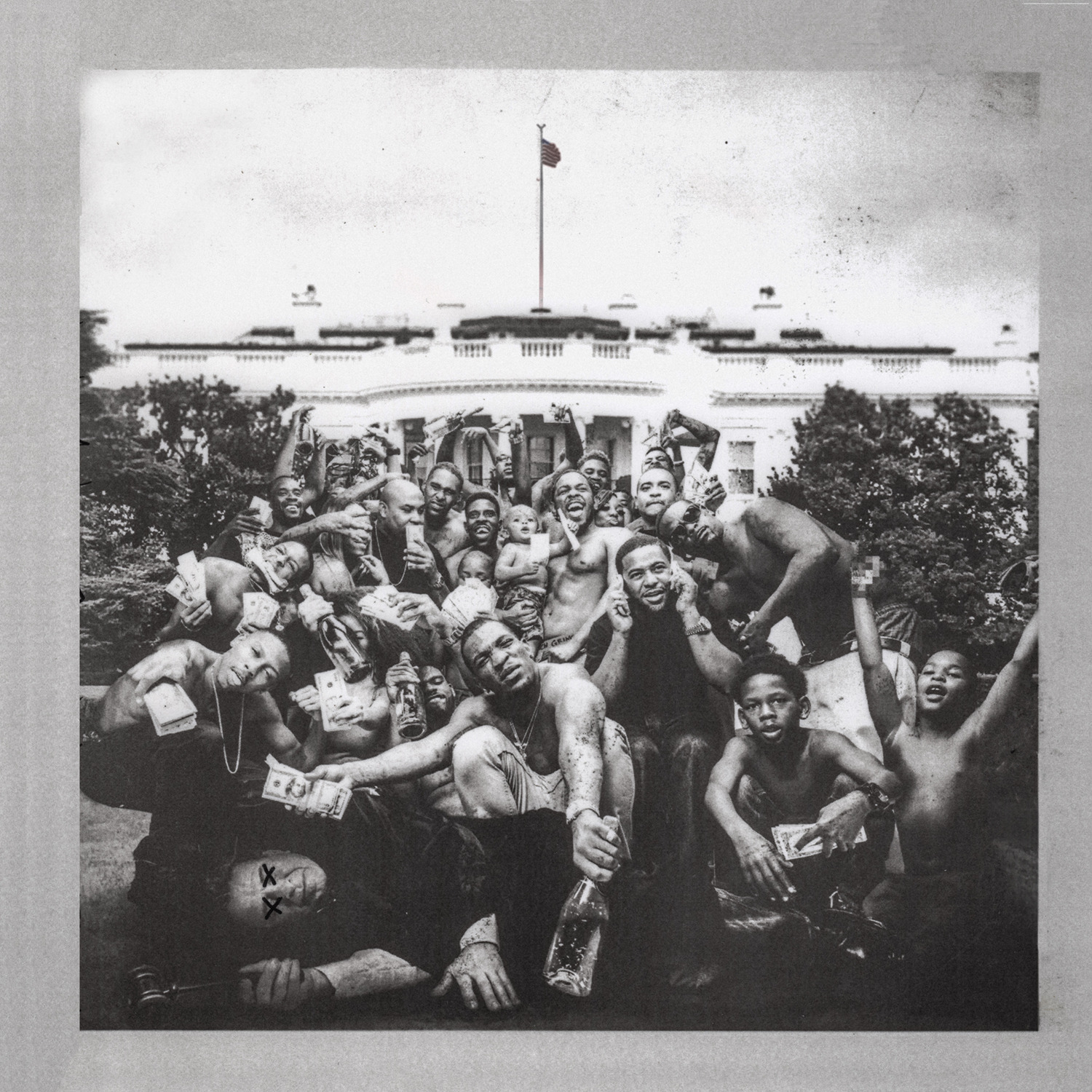
“To Pimp A Butterfly”
Writers’ consensus
Kendrick Lamar may be a “Mortal Man,” but “To Pimp A Butterfly” cements his immortal legacy.
The Compton-born rapper’s third album is arguably his most politically charged musical work to date. Released in 2015, the 16-track LP explores concepts like Black identity, systemic oppression and the price of fame. Although all of Lamar’s albums are worthy of merit, “To Pimp A Butterfly” stands out for its genre-defying production, profound narrative structure and cultural impact.
The album breaks musical boundaries by effortlessly fusing hip-hop, jazz, soul, funk and spoken word genres. The influence of jazz is evident in songs like “For Free? – Interlude,” where Lamar delivers rapid-fire rhymes over erratic, free-jazz instrumentation. Additionally, “These Walls” incorporates smooth funk elements reminiscent of Parliament-Funkadelic’s sound, while its lyrics delve into themes of navigating retribution, guilt and the consequences of past actions. The song’s paradoxical composition – sonically uplifting yet thematically heavy – exemplifies the album’s complexity.
Structured around a free verse that unfolds throughout the album, “To Pimp A Butterfly” is defined by its intricate conceptual framework. The poem’s opening line, “I remember you was conflicted / misusing your influence” is introduced as the outro of the third track “King Kunta,” in which Lamar reflects upon his growing popularity and authority. The excerpts of the poem increase in length with each appearance, culminating in the 12-minute final track “Mortal Man,” which is centered around a fictional interview between Lamar and the late rapper Tupac Shakur. An effectively employed narrative device, Lamar’s choice to successively unveil the poem’s lines deftly mirrors his internal turmoil and eventual acceptance of the responsibility accompanying his influence.
Seeped in allusions to various mediums of African American art, “To Pimp A Butterfly” is ultimately a tribute to Black culture in the United States. Furthermore, the album can be contextualized by the emergence of the Black Lives Matter movement. The track “Alright” became an unofficial protest anthem, with its chorus “We gon’ be alright” serving as a message of resilience for Black communities. The song’s music video, which depicts Lamar driving through Los Angeles before being shot by a white cop, called attention to the issue of police brutality. The sociopolitical and cultural themes of “To Pimp A Butterfly” remain highly relevant today, which may explain why the original vinyl was preserved at Harvard University’s library for its cultural significance.
Almost a decade after its release, “To Pimp A Butterfly” remains the greatest testament to Lamar’s ever-influential artistry.



